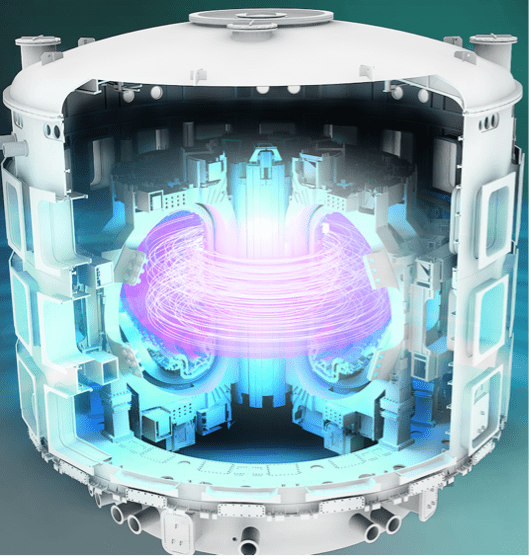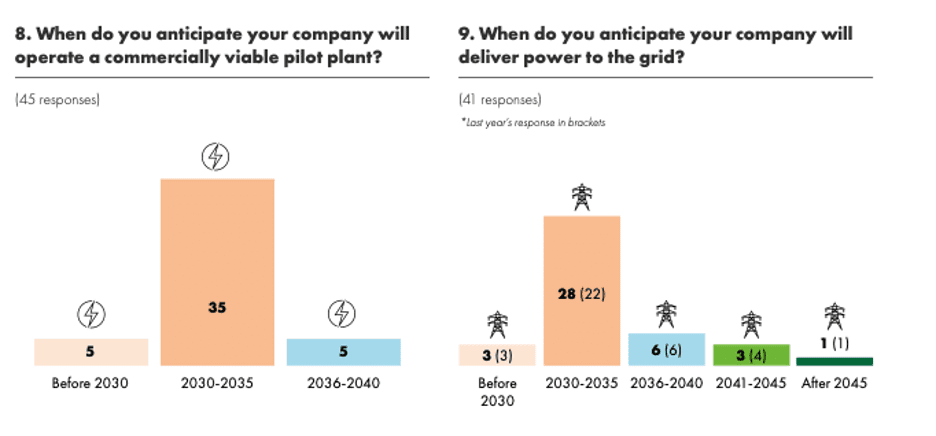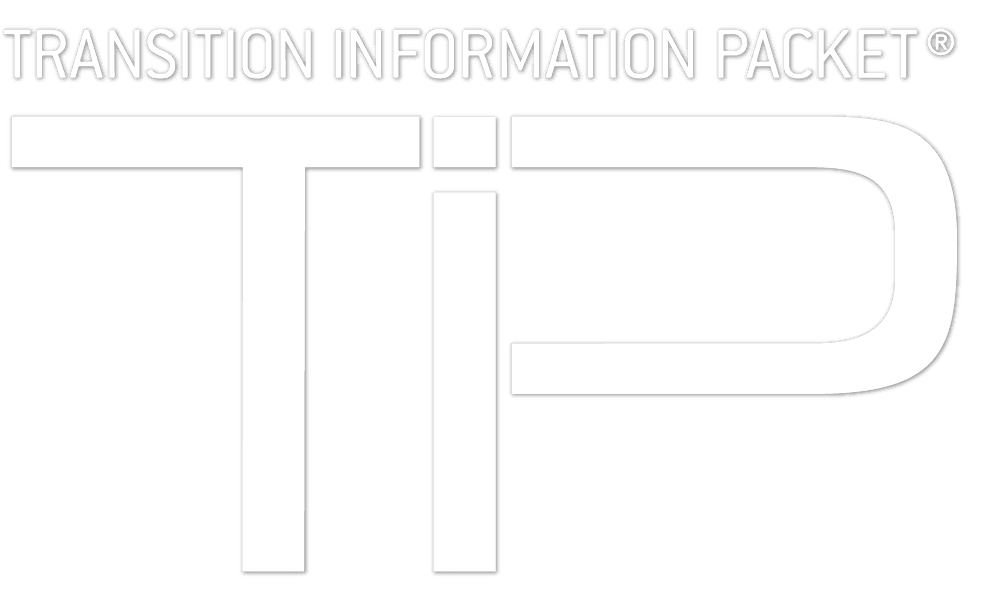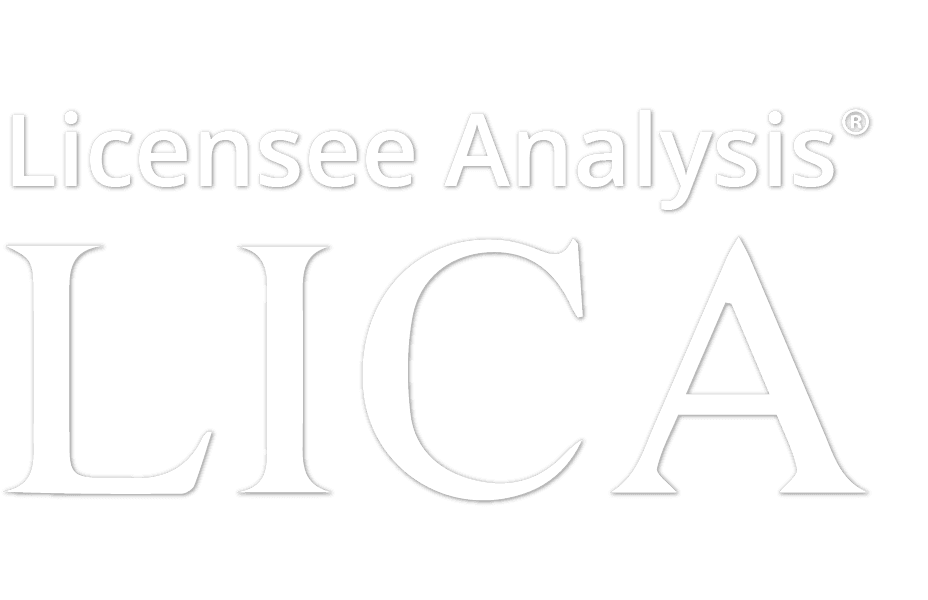Agriculture, in its most general sense, is the science and art of cultivating plants and livestock and is credited with shifting civilization from hunter gatherers to permanent settlements. Today, the agricultural landscape is increasingly complex as society looks for new, more efficient, and environmentally sound ways to address the water-food-energy nexus. The USDA reports that within agriculture, the greatest technology push has been in precision agriculture (also known as site-specific management or smart agriculture) where sensing, information technologies, and mechanical systems enable crop and livestock management.
Major factors contributing to the growth of the smart agriculture market include the increasing adoption of advanced technologies in various agricultural applications such as precision farming, smart green houses, livestock monitoring, and fish farm monitoring. Changing weather patterns due to increasing global warming have driven the adoption of advanced farming technologies to enhance farm productivity and crop yield. Farmers or growers across the globe are increasingly adopting advanced farming devices and equipment such as steering and guidance, sensors, yield monitors, display devices, and farm management software. MarketsandMarkets reports that the smart agriculture market is estimated to be worth $7.53 billion in 2018 and is projected to reach $13.50 billion by 2023, at a compound annual growth rate CAGR of 12.39% between 2018 and 2023.
Within the smart agriculture market, yield monitoring is the most widely used application; as a result, this segment held the largest market share in 2017. Yield monitors can be a combination of various components such as mass flow sensors, moisture sensors, ground speed sensors, GPS receivers, and a task computer located nearby, which controls the integration and interaction of these components. In terms of these enabling technologies, soil moisture sensors are defined as sensors that are used in determining moisture/water content in soil, which helps farmers with efficient farm practices. According to BCC Research, the global soil moisture sensor technologies market should reach $274.4 million by 2022 from $131.3 million in 2017 at a CAGR of 15.9% from 2017 to 2022. It should be noted that soil moisture sensors are used in other verticals such as construction, environmental science, climate research, and more.
While there are many factors driving growth in this space, the high cost of technologies, and limited exposure among farmers who would utilize them is seen as restraining the market. Furthermore, smart agriculture requires high initial investment, efficient farming tools, and skilled and knowledgeable farmers or growers. The USDA notes that despite the push toward integrating smart or precision techniques, acceptance by the agricultural community has been hesitant and weak, although most producers admit they will have to adopt these technologies eventually.
Key players in the smart agriculture market include Deere & Company (US), (Trimble) (US), AGCO (US), AgJunction (US), Raven Industries (US), AG Leader Technology (US), DeLaval (Sweden), GEA Group (Germany), Precision Planting (US), SST Development Group (US), Teejet Technologies (US), Topcon Positioning Systems (US), DICKEY-john Corporation (US), CropMetrics (US), Agribotix (US), The Climate Corporation (US), ec2ce (Spain), Descartes Labs (US), Gamaya (Switzerland), Granular (US), Prospera Technologies (Israel), Autonomous Tractor Corporation (US), Decisive Farming (Canada), Hexagon Agriculture (Brazil), and Autocopter Corp (US).
Interested in learning more? The 15th International Conference on Precision Agriculture takes place in June and the USDA provides an events calendar on its website.
















